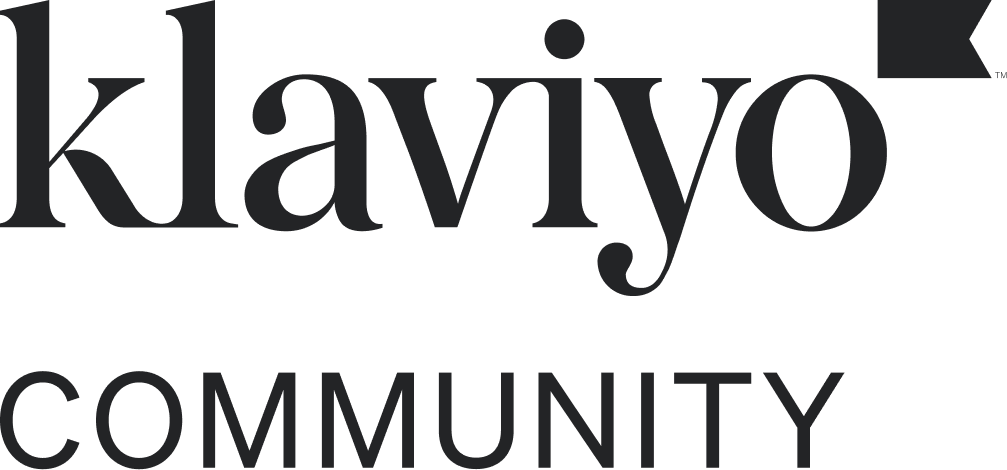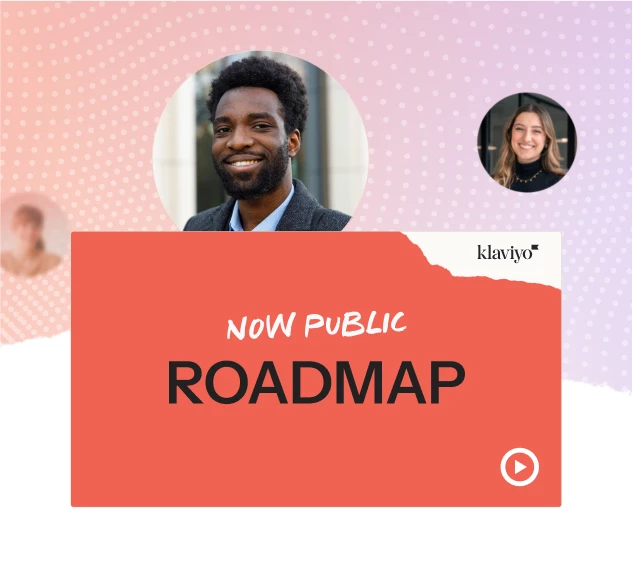Hi @GV123 
Getting insight into why people are abandoning is a great first step. It's likely that US contacts aren't happy with the $30 flat shipping rate, but that's not necessarily the reason.
Here are some ideas/things to consider:
Are abandon rates higher for US contacts than for European ones? Just worth checking.
Checkout process
Has that been independently reviewed? Even family and friends will provide valuable feedback on how they find the process - they’re likely consumer experts! Small changes to the checkout can make a difference.
Abandon survey
You can certainly do this. However, if someone has decided to abandon, they are less likely to complete such a survey (but some will). You could incentivise them to increase response, maybe with a discount that offsets the shipping cost. Their feedback has value, so it may be worth that discount to the client. It may also encourage contacts to re-engage and purchase.
Another approach I like is to survey customers post-purchase, as they are more likely to respond and provide accurate feedback. That survey asks questions relating to "Did anything almost stop you from purchasing?" that may help you infer why contacts abandon.
These types of surveys need to be short with a mix open and closed questions.
A Klaviyo form might do the trick for a survey, but its functionality is limited for more complex surveys eg skip logic. Two survey apps I use are Typform and Octane AI - both are good and have a tight integration with Klaviyo.
Shipping rates
The client could consider offering a free shipping rate over a $value which may also increase AOV. Obviously, that requires them to do some number crunching to evaluate what the $value should be and the impact of such a change.
Shipping rate transparency
If there is a call-out pre-checkout (product pages) that states $30 shipping to the US, contacts enter the checkout knowing that is an additional cost, so there are no surprises! That will likely reduce abandon rates. However, the flip side is that fewer abandons enter your flow for your chance to recover the sale.
Outsource US fulfilment
Just something for the client to consider if they haven't already
Abandon flow
You could consider the following:
- 1st email: general abandon content (products in their cart), and brand USPs/sustainability/ethical statements to convince them this is the product/company for them (even with the additional shipping cost). If you have a general welcome discount, call it out only for first-time purchasers. You could also consider doing the same for returning customers if they've not redeemed that discount. No other financial incentives at this stage, as they may just be considering their purchase.
- Subsequent email(s) to non-purchasers - last chances to convince them - include an additional financial incentive to purchase - free shipping? Look at the average CLV to see if that makes sense re the client's bottom line.
Split-test emails
Experiment with different subject lines and/or content. See which works best at recovery.
Email split test timings
Add a conditional split before the first email of your abandon flow with 'is part of a random sample' i.e 50/50 then two different time delays e.g 1-hour and 4-hours. See which works best at recovery. Obviously, you can take this approach with other flow emails too.
Hope that gives you some ideas.
Regards
Andy
@bluesnapper you are amazing. These insights are so valuable and I appreciate you taking the time to share them.


